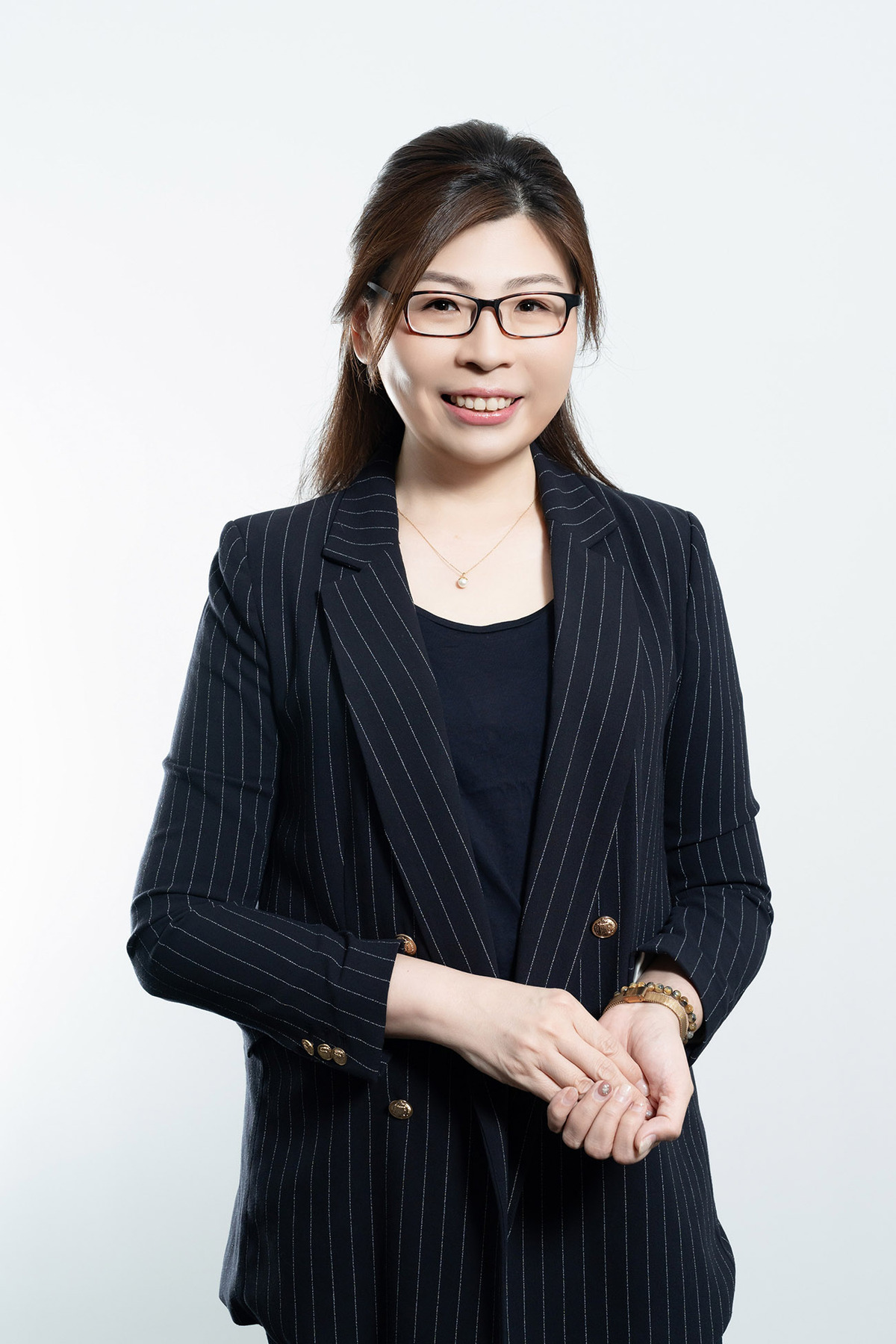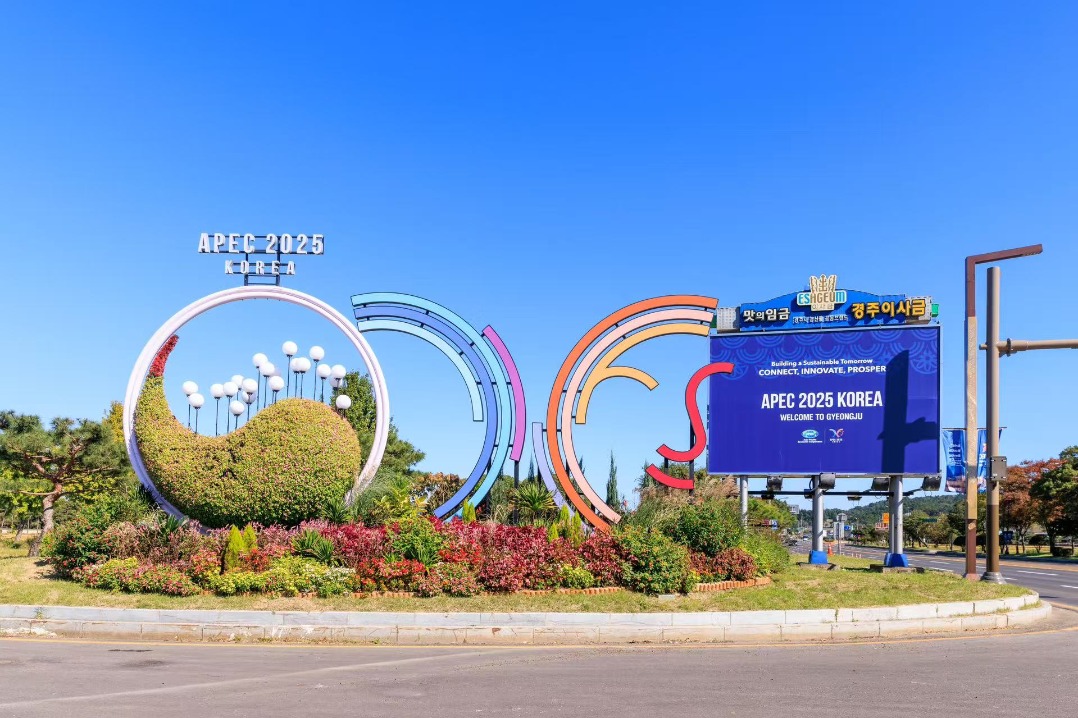Rise of the young Chinese brigade

Winds of change
Unsurprisingly, a growing number of collectors are in the same age bracket as the rising stars of Chinese contemporary art. These collectors have replaced the advisers their parents would consult with information from the web and recommendations from their peers.
Bao points to the fact that galleries, auction houses and buyers are all interested in quick returns. "Everyone wants the hit names and the hit pieces." He has seen galleries sell pieces directly to auction houses, with the result that the roles traditionally played by the primary and secondary markets are now blurred.
There are overlaps between the roles played by art fairs and auction houses as well. "Auction houses rarely had a presence in art fairs back in the day, but nowadays you see them in quite a few art fairs on the Chinese mainland, hosting special exhibitions and previews," Bao says.

Tung Lihua, head of Phillips's 20th Century and Contemporary Art in Hong Kong, however, says that artists in Asia without gallery representation have been approaching auction houses to give them a platform since at least 10 years ago. Nowadays, she adds, the secondary and primary markets usually stay within their lanes.
"Art fairs, auction houses and galleries together make an art market that ensures a natural, healthy flow," Tung says. "While competition exists between auction houses, they are not competing with art fairs and galleries. We are all aware of the no-resell period. However, when a work is not bound by such a clause, we can acquire it directly from the artist; but mostly we acquire works from galleries and collectors."
























